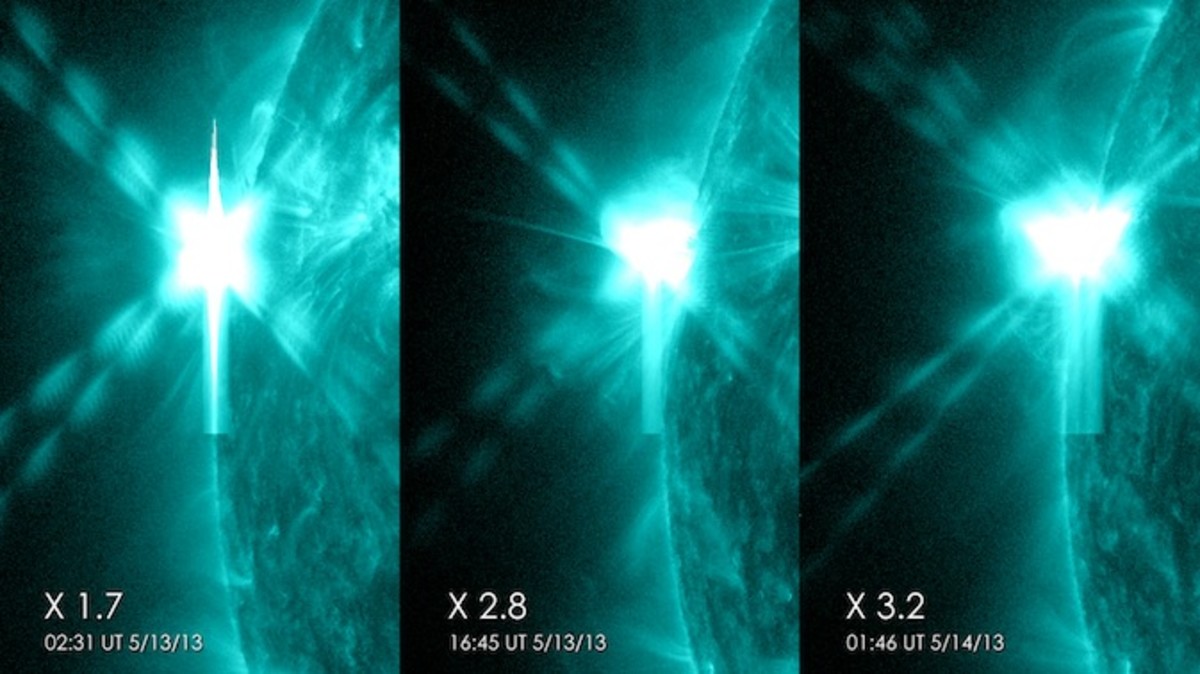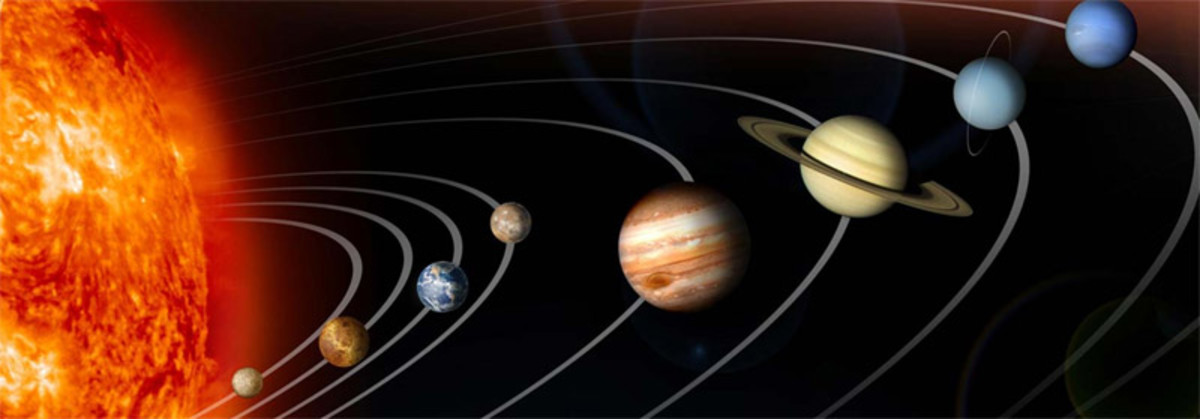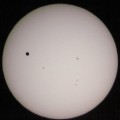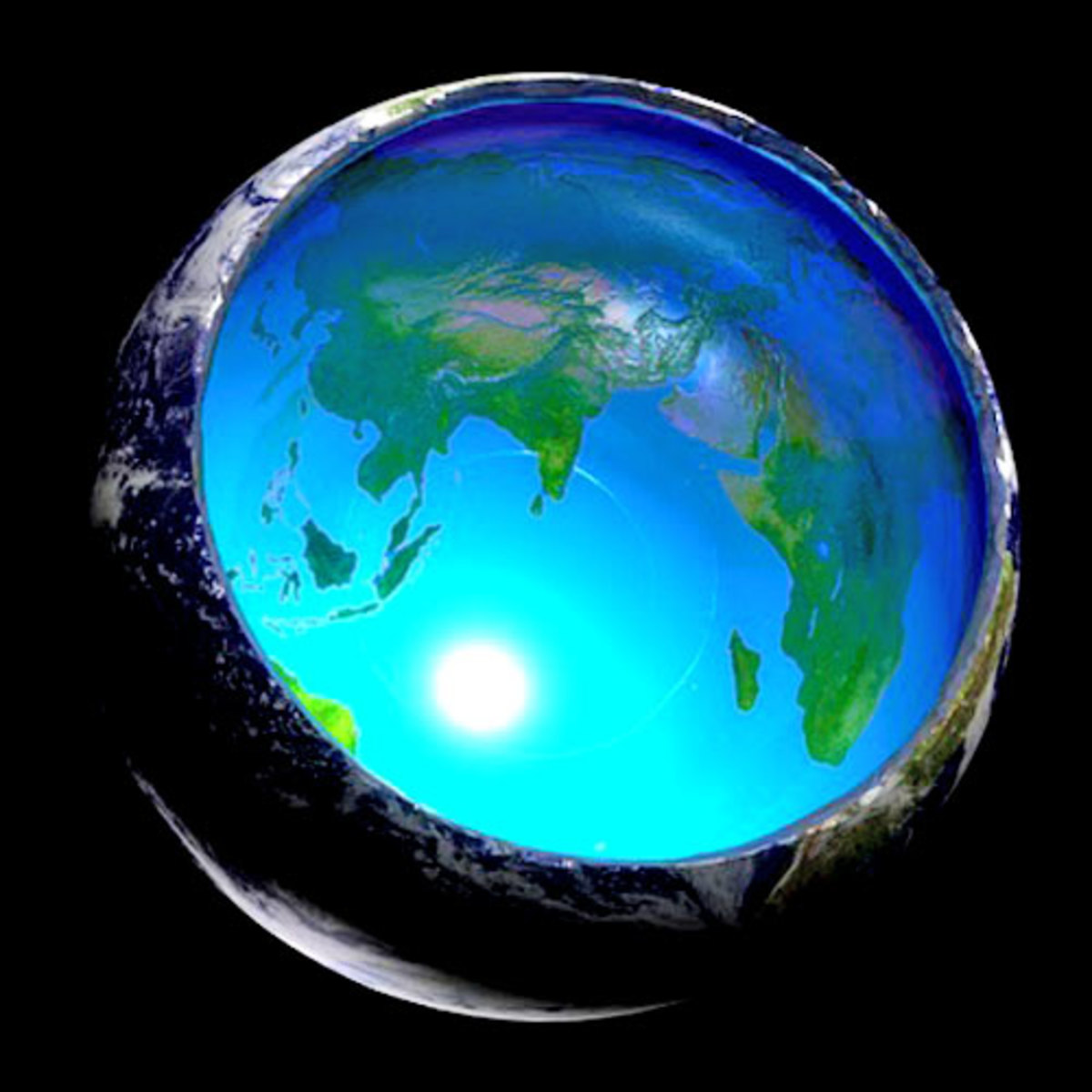The Worst Solar Flares To Ever Hit Earth
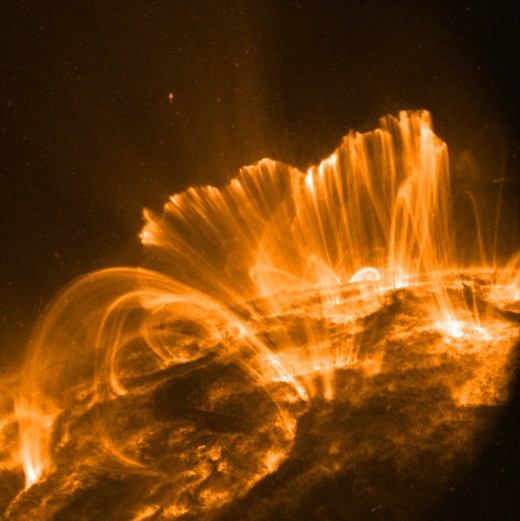
Discover More:
- Solar Mini-Max - NASA Science
NASA and NOAA agree: Solar Max has arrived, but this "mini Max" is not like any other solar maximum of the Space Age.
Ah, solar flares... Is there anything more likely to excite and send doomsday-er's into a panic? Indeed, it seems that every time the sun burps out a spectacular cloud of energy, people go into an end-of-days panic over what might happen. The recent announcement of two somewhat back-to-back Coronal Mass Ejections (CME's) heading for Earth this weekend is no different.
They are R1 and X1.6 class flares, and while they may cause radio communications to go a bit wonky for a little bit, they aren't going to destroy life as we know it. They are impressive, at least in the short-term scale of the last decade or so, but that's because the Sun naturally goes through a 9 -14 year cycle. The reason the activity has been more pronounced in the last year or so is because the Sun always hits it's cyclic peak around this time. In fact, scientists at NASA state that this is one of the weakest solar cycles in the last 100 years.
So, don't panic. We won't suffer from technological obliteration this weekend. However, things could be (and have been) a lot worse:
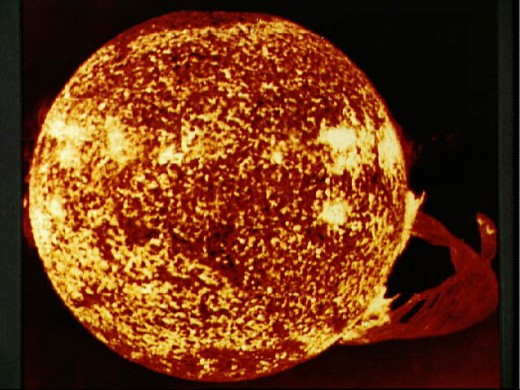
1972 - The Sun: 1, AT&T: 0
In the summer of 1972, scientists observed what were thought to be relatively-low scale flares ejecting from the solar surface. However, these were just the first of a long string of rapidly intensifying ejections which culminated in the massive flare that hit on August 4th. The ensuing geomagnetic storm was powerful enough to destroy telecommunications lines. AT&T, one of the largest telecom companies at the time, was even prompted to completely redesign large portions of its network in order to protect it from further damage. This wasn't the last, nor the worst CME that was observed during this cycle, however. In fact, a year later the sun ejected one of the largest flares on record (pictured above). Luckily, that one missed us.
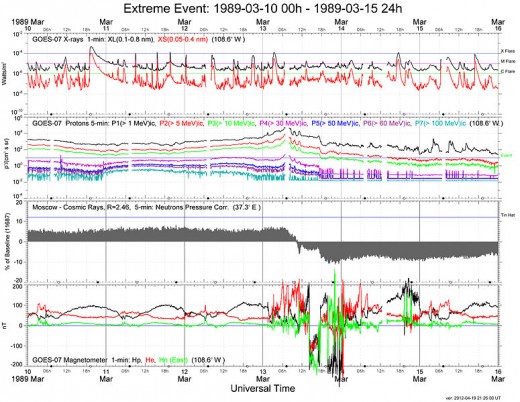
1989 - The Storm That Broke Quebec
March of 1989 was an interesting time for solar activity. In the span of three days, the sun ejected two large CME's in the direction of Earth, one of them being a whopping X15-class solar flare. When the storm hit the poles the resulting aurora could be seen as far south as Texas. Several towns across the U.S. experienced varying degrees of electrical interruptions. Orbiting weather satellites (and even the space shuttle Discovery) reported massive disruptions and anomalies, such as the one pictured above.
The real "excitement", however, happened in the Canadian Provence of Quebec, where the resulting Geomagnetic storm overloaded Hydro-Québec's circuit breakers. This plunged over 500,000 people into darkness, including the Montreal Gazette. The blackout lasted 9 hours, prompting many furious, freezing customers to flood the power company with angry calls. The events in Quebec prompted other utility companies across the globe to implement geomagnetic storm shutdown procedures in order to avoid a similar fate in the future.
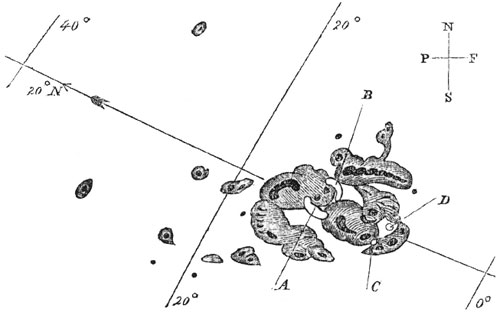
Discover More:
- 150 Years Ago: The Worst Solar Storm Ever
On Sept. 2, 1859, an incredible storm of charged particles sent by the sun slammed into Earth's atmosphere, overpowered it, and caused havoc on the ground.
1859 - The Carrington Event
On September 1, 1859, English astronomer Richard Carrington recorded a massive "white light flare" while observing sunspots. In less than 18 hours, the massive CME slammed into the Earth, causing a mass disruption of the weakened, solar-blasted atmosphere (it was an already unusually active solar cycle). Telegraph wires across the globe shorted out, starting huge fires in major telegraph offices. People in locations as far south as Cuba observed auroras that were usually seen only in the far north. The aurora was described by newspapers as being "greater than that of moon at its full".
According to The National Academy of Sciences, a similar event occurring today would be absolutely devastating to our technologically-dependent world. Estimates of the cost of damage from such a storm could reach as high as $2 trillion.
Luckily, our understanding of sunspots and CME's has drastically improved in the last 150 years. When large storms are tracked, scientists in observation stations such as NOAA's Space Weather Prediction Center send out alerts to power grid operators and communications specialists. These warnings help us preemptively shut down any important facilities so they will, hopefully, not be damaged by impending super-storms.
Discover More:



